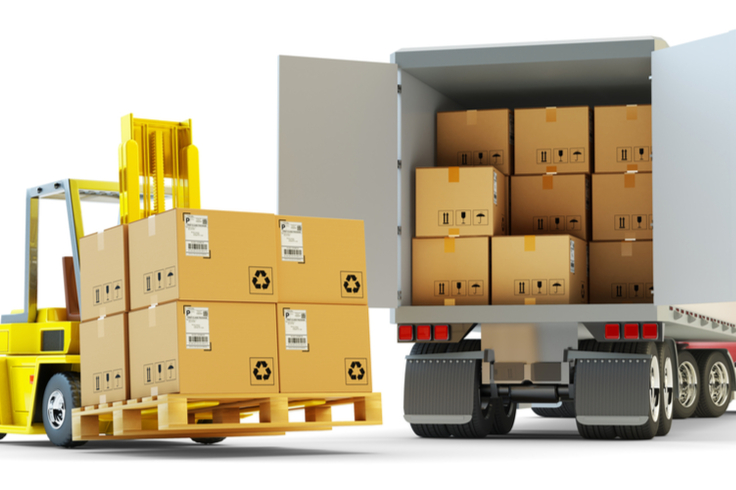What is the role of packaging? The importance of packaging should never be underestimated in B2B or B2C — but it often is, despite packaging being a $183.92 billion industry in the U.S. and estimated to reach $218.36 billion by 2025.
The fact is, the purpose and importance of packaging materials and equipment is a broad issue that majorly impacts many aspects of a business, sometimes in areas that go completely unnoticed.
Here is an overview of why packaging matters:
- Purchase cost: Distribution, manufacturing and e-commerce organizations can spend hundreds of thousands of dollars, if not millions, on packaging materials and packaging equipment annually. Without careful management of these costs, a company’s profitability will melt away. On the other hand, if cost containment leads to the use of inferior packaging materials, the savings will vanish: The cheapest packaging materials to buy are rarely the cheapest ones to use.
- Maintenance costs: Packaging equipment requires ongoing maintenance, parts replacement, and often a healthy inventory of replacement parts and components. Poorly maintained equipment can cause costly (and sometimes disastrous) production line or packaging line bottlenecks or complete shutdowns.
- Shipping costs: Minimizing the amount of packaging used (without sacrificing performance) reduces gross shipping weight and unit size, crucial for containing costs for FTL, LTL, parcel and USPS transport. Smart packaging design that shaves even 1 pound from a shipping unit can result in four-figure or five-figure savings in shipping costs.
- Storage space requirements: Certain packaging items take a lot of warehouse space — corrugated boxes and bubble packaging are two common examples among many. Companies must work with suppliers to minimize on-hand inventory without running out — something easier said than done. Poor inventory management causes bottleneck-inducing stockouts or the need to acquire additional storage space. Either extreme creates serious problems relating to cost and customer service.
Returns and Replacements
Obviously, if packaging does not protect the product, returns and replacements skyrocket. Besides the massive costs associated with processing these transactions, high damage rates ruin a company’s reputation and cause a mass exodus of customers.
Packaging deficiencies that lead to product damage include:
- Poor cushioning protection
- Poor moisture protection
- Poor surface protection
- Poor thermal insulation
- Product contamination (vermin, mold, etc.)
- Too much product movement within the container
Customer Perception and Retention
Still wondering, what is the importance of packaging? Let’s take a look at the issue from your customer’s point of view. Customers pay a lot of attention to a company’s packaging materials:
- Eco-friendly packaging creates a favorable impression, and not just in B2C. Many B2B companies have strong environmental stewardship initiatives in place that strongly influence their choice of suppliers.
- Using too much packaging creates a bad impression, especially in the B2C world, where entire websites are dedicated to sharing examples of overpackaging.
- High-risk packaging heightens the opportunity for injury. For instance, steel banding, often used in heavy industrial packaging operations, must be removed by the customer with extreme care. Another real-world example: Failing to print a simple “arrow-up” symbol on a corrugated box may cause the customer to open it at the wrong end, damaging the product or hurting his or her foot.
- Frustrating packaging: Flowable polystyrene “peanuts” are inexpensive, but most customers find them hard to handle. All other things being more or less equal, customers will gravitate to suppliers that don’t use them. The same outcome applies when boxes are hard to open, stretch film has unwound from the pallet, labels have fallen off, etc.
Branding and Customer Satisfaction
Printing a brand message or other information on secondary packaging containers, box sealing tape and labels is an overlooked way of building customer loyalty and expanding brand awareness. In addition to a logo and value proposition, printing part numbers and other product identification information is greatly appreciated by B2B and B2C customers.
GWC Packaging specializes in complete packaging solutions that take into all of the issues described above. To discuss your packaging requirements and explore ways to improve, please contact us now.
